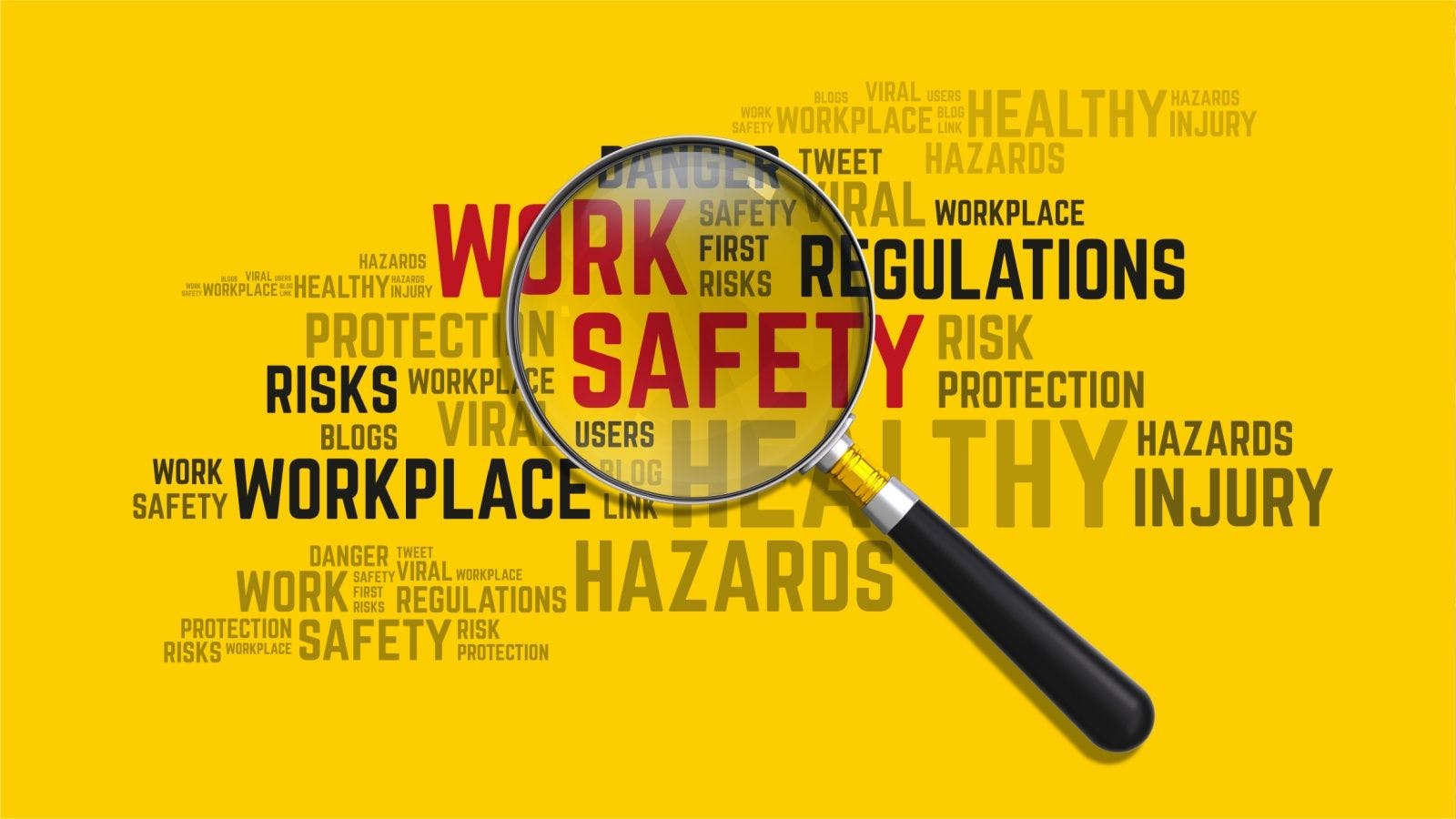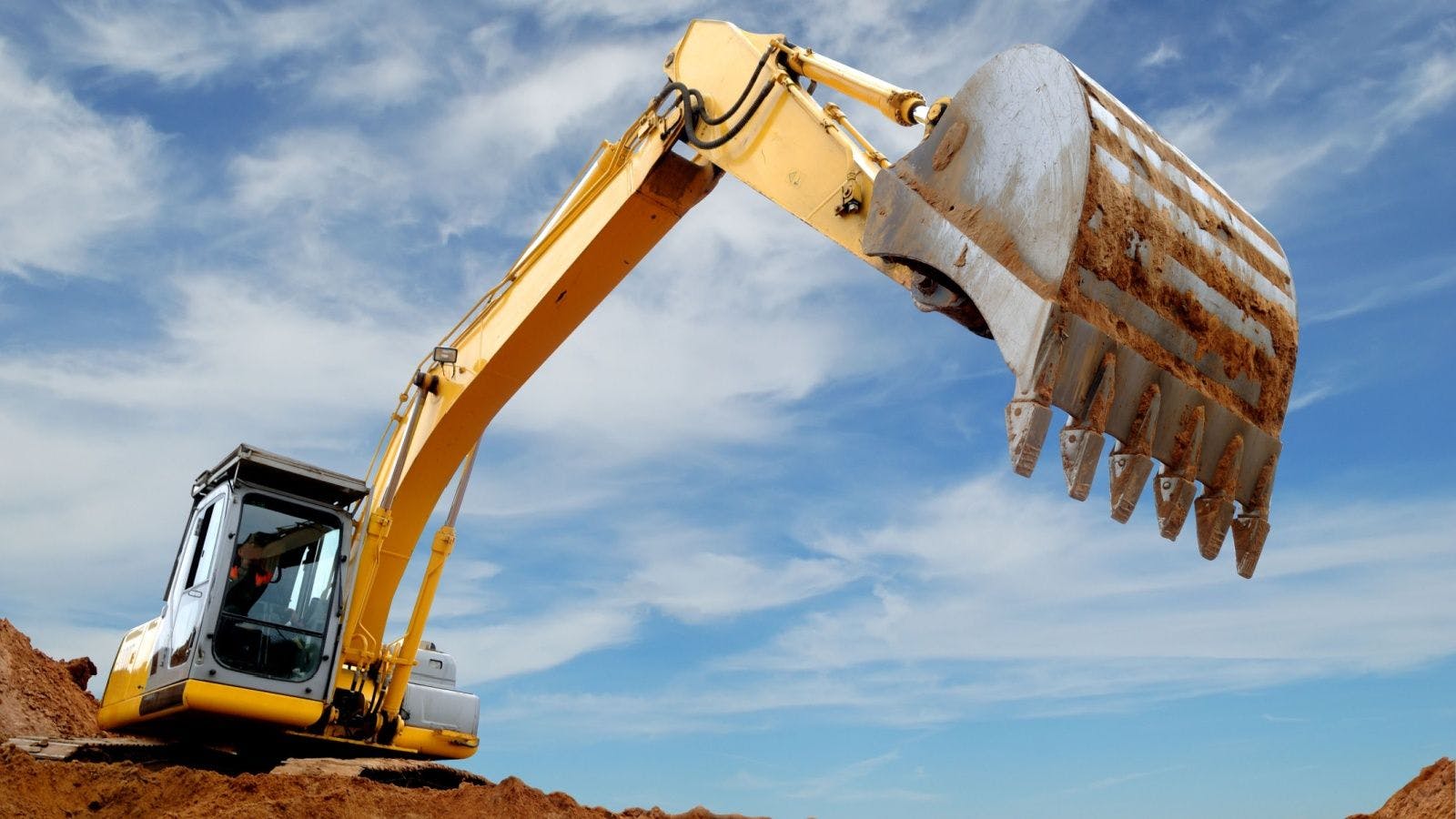
Train More Safely With Construction Technology
Nearly five thousand U.S.-based employees suffered a fatal workplace injury in 2021. According to OSHA, that was an 8.9% increase from the year before. Workers in construction and extraction occupations accounted for over 20% of these deaths, revealing an urgent need for increased safety protections across every industry—but particularly for those in the construction sector.
The U.S. Bureau of Labor Statistics recently reported that in 2021, the construction industry alone accounted for more than 46% of all fatal falls, slips and trips. Construction deaths due to these types of incidents increased by nearly 6%. To make matters worse, there’s an unprecedented skilled labor shortage to account for: In 2022, the construction industry averaged more than 390,000 job openings per month—the highest level on record.
With nearly 25% of current construction workers over the age of 55, impending retirements will only exacerbate the problem. The federal government’s massive influx of infrastructure funding is also creating a generational opportunity for increased construction activity.
With fatal workplace incidents on the rise and the skills gap continuing to widen, construction employers must take every measure possible to ensure employee safety on the job. These efforts should be supplemented by technology via the implementation of effective training, coupled with tools that enable the review of key safety data points gathered by daily safety checks and activities.
HOW TECHNOLOGY SOLIDIFIES TRAINING
Proper safety training is a powerful tool we have against fatal workplace injuries. But having new employees sit down for an hours-long seminar outlining safety protocols is nowhere near enough to make training stick. Training must be easily accessible, engaging and memorable. Employees also need continuous access to this vital information, as well as regular reminders to keep safety procedures top of mind.
To improve the efficacy of these programs, construction leaders should consider outsourcing their training content to vendors that specialize in construction safety education. The right vendor will regularly update training content to reflect emergent rules and regulations, provide guidance on emergency action plans to bolster preparedness, and offer online tabletop exercises to make training more compelling.
When training efforts are augmented by technology, employers can cater to different learning styles. Multimedia training, for example, provides employees with different ways to engage with safety education. Instead of sitting through a lecture or clicking through a deck, trainees interact with the module through quizzes and a combination of visual and audio elements.
When it comes to the content itself, don’t shy away from modules that tug at the viewer’s heartstrings. For instance, a video featuring an individual who suffered a workplace injury discussing the impacts of the incident, complemented by animation depicting how the incident occurred, can be incredibly impactful. Couching necessary training in real-world examples illustrates to employees exactly why such information is so important.
Learning-management technology that’s designed specifically for construction safety takes all of this into account. It offers employees a number of methods to digest and retain safety education, like microlearning. The microlearning model supplements lengthy sessions in favor of short, frequent bursts of training.
Employers shouldn’t overwhelm their employees with too much information at once; let them absorb bite-sized modules at their own pace. The right learning-management platform will swap 45-minute courses for two to three minutes of daily microtraining modules that can prove much more effective in the long run.
SWEATING THE SMALL STUFF
Implementing a robust learning-management platform enables commercial employers to take care of every minute detail. Consider architecture and engineering firms as an example—larger scale firms may encompass multiple disciplines and have locations in more than one state. The various regulations and certifications firms need to operate differ from discipline to discipline and state to state, and keeping up with these variants is no small feat.
The right learning-management platform will provide industry- and location-specific training to ensure employees achieve the proper accreditation. Such platforms will maintain an open dialogue with users to keep them informed on the accreditations they need, then point them in the direction of relevant courses.
COMBINING SAFETY TRAINING WITH DATA ANALYTICS
Modern construction sites generate massive amounts of data on a daily basis. Construction safety managers collect safety data from daily inspections, job-hazard analysis, equipment checks and observational walk-throughs. Employees and supervisors may report incidents and unsafe conditions. Drones and cameras may also collect data for site activity and site placements. Combining these data sources and recording them in an environmental health and safety software system is becoming part of standard practice to ensure a safe workplace environment.
Utilizing safety-management software combined with online safety and construction training, construction site safety managers can gather unique and important insights on which microlearning training will best serve their employees given the specific hazards of their construction environment. Training can be targeted to specific workers or job titles given their daily activity or past hazards observed on the jobsite. Technological enhancements from both safety-management software and learning-management software can assist in the delivery and target of this training directly to the appropriate employees.
MISSION CRITICAL
Industry decision makers struggling to provide staff with training that is both resonant and sticky should consider outsourcing training to vendors who specialize in safety education. By leveraging the latest learning-management technology combined with quality content that is industry-specific, instructionally sound and accredited, employers can rest easy knowing their workers have access to thorough and ongoing training geared specifically towards their industry.
Implementing the proper training is becoming increasingly important in today’s climate given the rise in workplace fatalities, ongoing labor shortage and ambitious infrastructure spending included in the Infrastructure Investment and Jobs Act and the Inflation Reduction Act. Effectively training employees isn’t just a means for ensuring they’re safe and secure on the job; it’s also a motivator for retention. Equipping employees with the skills and knowledge they need to be successful and safe at work means they’ll feel more confident and satisfied. This promotes retention, saving businesses valuable time and resources in a challenging economy.
Technology is a major driver of promoting workplace safety. By arming employees with the latest and greatest in education, leaders can foster a strong culture of safety on construction sites and minimize potential risks. Combining the training with a continuous review of safety data surrounding various activities and onsite inspections allows organizations to deliver targeted, specific and relevant education for their workers.
Related stories








